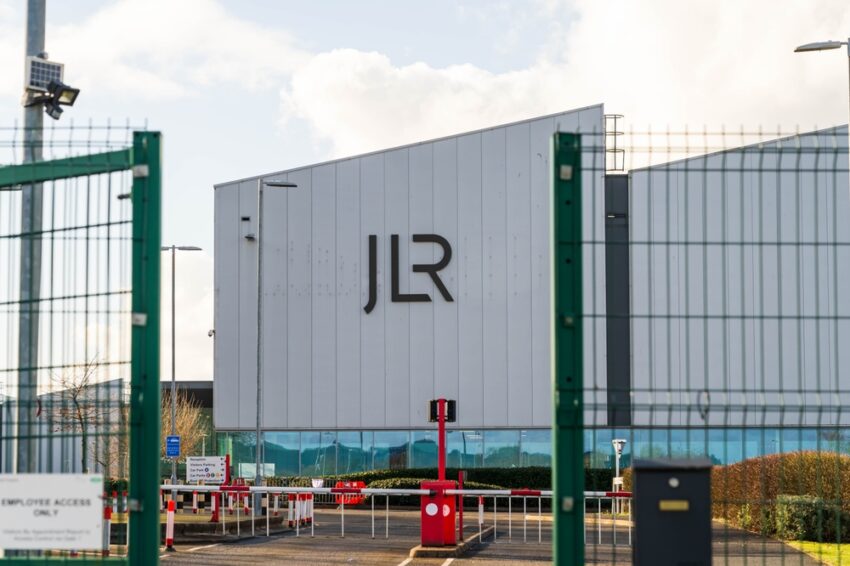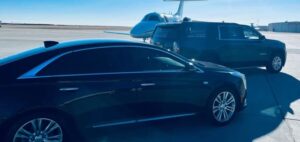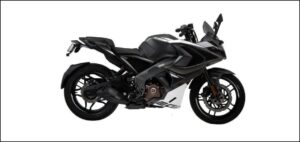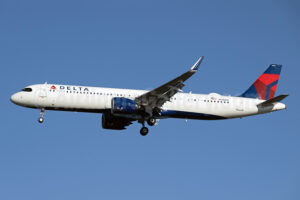Credit: bmmagazine.co.uk
Jaguar Land Rover (JLR) has posted its highest annual profit in a decade, marking a strong year for the British carmaker despite lingering uncertainty over US trade tariffs.
The Tata Motors-owned firm reported pre-tax profits of £875 million for the final quarter of its financial year, taking annual profits to £2.5 billion — up from £2.2 billion the previous year.
The company’s total revenues for the year held steady at £29 billion, with retail sales volumes flat at 428,000 vehicles following a 5% dip in the final quarter. However, a rise in operating margins enabled JLR to wipe out its net debt, ending the financial year with a net cash position of £278 million.
Adrian Mardell, JLR’s chief executive, hailed the results as a milestone moment for Britain’s largest carmaker: “We are confident that the implications [of US tariffs] will be net net positive,” he said.
The company also confirmed that major progress is being made on its electrification strategy. Testing has begun on the electric vehicle production lines at its Solihull plant, where the much-anticipated Range Rover Electric is due to begin production next year.
JLR also revealed that its upcoming all-electric Jaguar — codenamed the Type 00 — remains in development, with the most ambitious production forecast now targeting late 2025. However, insiders suggest this could slip into 2027 depending on demand and market conditions.
In addition, the carmaker will revive its Freelander nameplate as a new electric model. The vehicle will be manufactured at JLR’s Chinese facility and could be exported to the UK as part of the brand’s global EV strategy.
The upbeat financials come despite JLR’s temporary halt on US exports earlier this year, as the company awaited clarity on President Trump’s proposed tariffs. While a 10% blanket tariff on British automotive exports now appears likely, the company confirmed it had already shipped stock to the US in anticipation of the change and does not expect the cap of 100,000 UK vehicles per year to impact its forecasts.
JLR typically exports between 75,000 and 85,000 vehicles annually from the UK to the US, suggesting it will remain within the cap. However, the company did acknowledge that the 25% tariff on EU-made vehicles — which will affect its Slovakia-built Defender — presents a challenge. The Defender accounts for over a quarter of JLR’s total sales, with 111,000 units sold annually.
Despite this, Mardell downplayed the likelihood of job cuts or immediate decisions around opening a US-based manufacturing facility, stating that the company is adopting a “wait-and-see approach” in response to evolving trade dynamics.
With nearly one-third of JLR’s business dependent on the US market, trade conditions remain an important factor for future planning. Nevertheless, Mardell remains optimistic, highlighting strong performance, a robust electrification pipeline, and a clean balance sheet as signs that JLR is well-positioned to compete in the evolving global automotive landscape.










